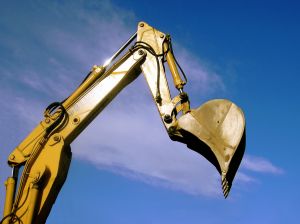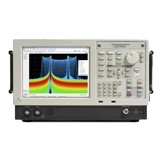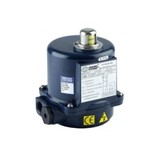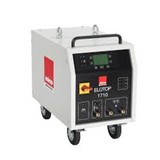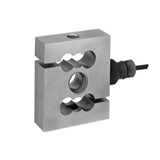The mining tax has been at the centre of extremely heated and at times nasty debate that has rolled on for just over nine months, although it seems like forever.
The government is determined to press ahead with its version of a mining tax to reap the benefit of the resources boom, but it faces an uphill task getting it through parliament this year.
Draft legislation is expected to be introduced by mid-year for a start date on July 1, 2012.
The coalition is totally opposed to what it sees as a "big new tax", and one of three that will be voted on this year - the other two being the flood levy and a price on carbon.
Crossbench MPs want a mining tax to be discussed at the tax summit Prime Minister Julia Gillard promised to hold by June to secure their support after last year's federal election.
That, and the 130-odd other proposals put forward in the tax review conducted by Treasury Secretary Ken Henry and presented to the government over a year ago, but which were made public only last May.
The Institute of Chartered Accountants in Australia's tax counsel Yasser El-Ansary says this is a debate that should have been had when the review was released.
Still, Dr Henry's plan was to introduce a mining tax that would replace existing state royalties, not credit companies that pay royalties from revenue generated by the minerals resource rent tax (MRRT).
Its hotly disputed predecessor, the resource super-profits tax (RSPT), also reimbursed miners for royalties paid.
Adding to the likelihood of more pain for the government over the MRRT, new Treasury figures show Gillard's hastily devised 30 per cent MRRT will bring in some $60 billion less revenue over the next decade than the RSPT would have done.
The Australian Greens - whom Gillard will depend on to get the 30 per cent MRRT passed in the Senate - are not impressed with these latest findings. They want the original 40 per cent RSPT reinstated, which would bring in just under $100 billion on Treasury's figuring.
But Gillard, in a Thatcher-esque moment on her visit to New Zealand, is not for moving on the deal she struck with BHP Billiton, Rio Tinto and Xstrata.
"We will not be compromising that agreement to secure the legislation," she said.
But as Greens Leader Bob Brown sees it: "The deal isn't done until parliament votes on it."
When Gillard forged the tax agreement with the three mining giants in her first week as prime minister, it was seen as a major breakthrough after weeks of open warfare between the then Kevin Rudd-led government and mining companies, backed by the opposition.
Now, however, angst over the huge loss of potential revenue under the MRRT has been inflamed by BHP Billiton posting a record profit for an Australian company at a whopping $10.5 billion for the last six months of 2010.
This was a staggering 71.5 per cent profit increase from the same period a year earlier.
Rio Tinto and Xstrata have also reported gigantic profit increases in recent weeks.
Such riches have raised a few eyebrows, to say the least, coming so soon after the miners were crying foul over the proposed RSPT burden last year through a $22 million advertising campaign.
El-Ansary is not surprised by the predicted $60 billion shortfall between the MRRT and the RSPT, given their totally different designs.
The MRRT only collects from iron ore and coal mining, rather than everything dug out the ground as under the original RSPT, and it affects only 320 companies rather than 2500.
But El-Ansary says Gillard's compromise deal is part and parcel of any major tax reform.
"We saw the same thing when the Howard government sought consensus for the implementation of the GST," he said.
He hopes the tax design is now bedded down and it can move on to the legislative stage to give business certainty.
Proceeds from the mining tax will fund a one per cent cut in the company tax rate, provide tax breaks for small business and lift superannuation savings for older workers.
El-Ansary argues that these initiatives, which also came out of the Henry review, have merits in their own right. He says they should not be lumped together and forced to depend on the mining tax passing the legislative process.
For example, he says, Dr Henry made a very clear case for cutting the corporate tax rate in his review.
"It does deliver huge pays-offs for the broader economy in terms of economic growth and real wages growth," El Ansary said.
Dr Henry favoured the corporate tax rate being reduced to 25 per cent from 30 per cent, rather than 29 per cent.
As it currently stands, if the MRRT goes down, the whole lot goes with it, leaving nothing to show from the two-year labour of the Henry review.
There have been calls for the government to put the proceeds from the MRRT into a sovereign fund, as Norway does with its petroleum rent tax.
The Greens support this idea, as does the Organisation for Economic Cooperation and Development (OECD) .
In a report on Australia last year, the OECD warned the government not to spend the MRRT revenue as it could lead to problems for the budget in coming years.
"Spending decisions should be disconnected from resource tax revenues," the Paris-based institution said.
El-Ansary also sees merit in a sovereign fund.
"We would be negligent in the stewardship of the economy if we were not able to pass on to future generations some of the benefit from our natural resource wealth," he said.
And that was what this whole mining tax business was supposed to be about in the first place.

